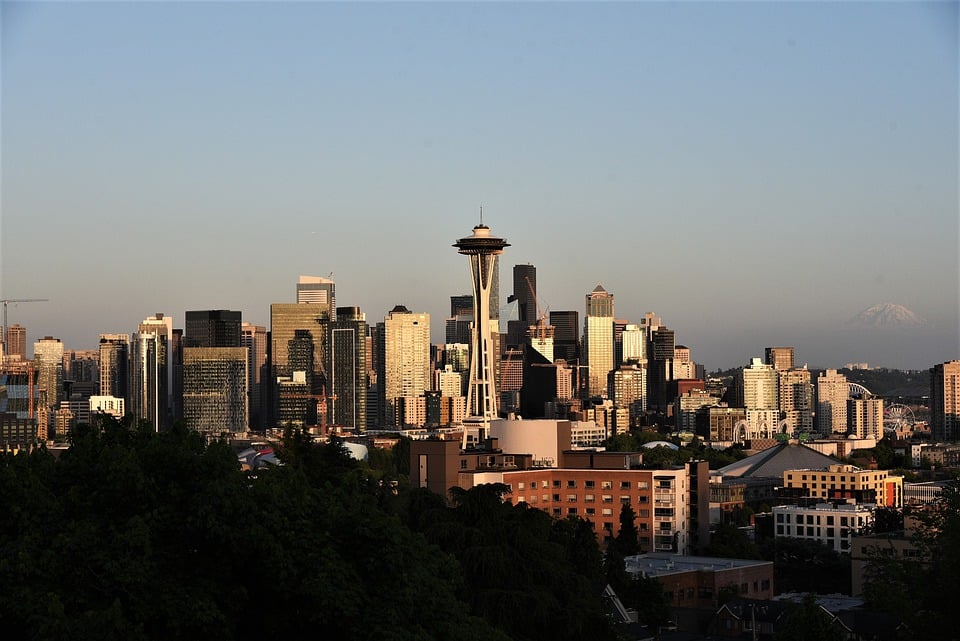Sustainable Construction Practices and Green Building Certifications: Paving the Way for a Greener Future
As we face increasing challenges related to climate change, resource depletion, and urbanization, the construction industry has a vital role in creating sustainable built environments. Sustainable construction practices not only minimize environmental impact but also enhance the quality of life for occupants and communities. With organizations like the US Green Building Council (USGBC) leading the way, the movement towards sustainable buildings is gaining momentum.
What are Sustainable Construction Practices?
Sustainable construction encompasses strategies and techniques that promote environmental stewardship and resource efficiency throughout the life cycle of a building. Key practices include:
-
Site Selection and Design: Choosing locations that reduce the need for transportation, preserve green spaces, and enhance biodiversity. Integrating natural features into design can mitigate urban heat and protect water resources.
-
Resource Management: Utilizing sustainable materials, such as recycled and renewable resources, and minimizing construction waste through efficient design and planning. Techniques like modular construction and prefabrication are gaining traction in this area.
-
Energy Efficiency: Implementing energy-efficient systems such as LED lighting, high-performance insulation, and renewable energy sources like solar panels. Buildings designed to meet rigorous energy standards can significantly reduce consumption and operating costs.
-
Water Conservation: Incorporating systems for rainwater harvesting, greywater recycling, and low-flow fixtures to reduce water usage. Designing landscapes with native plants can also lessen irrigation needs.
- Indoor Environmental Quality: Ensuring good indoor air quality through the use of non-toxic materials, adequate ventilation, and access to natural light. This improves the health and well-being of occupants.
Green Building Certifications
To promote and recognize sustainable construction practices, various green building certification systems have been established, with the Leadership in Energy and Environmental Design (LEED) program from USGBC being one of the most notable.
LEED Certification: This globally recognized rating system provides a framework to identify and implement practical and measurable green building design, construction, operations, and maintenance solutions. Buildings can earn points across several categories:
- Location and Transportation
- Sustainable Sites
- Water Efficiency
- Energy and Atmosphere
- Materials and Resources
- Indoor Environmental Quality
Higher points can lead to different levels of certification: Certified, Silver, Gold, or Platinum. The LEED program not only serves as a benchmark but also encourages continuous improvement in sustainability practices within the construction industry.
The Environmental Impact
The environmental and social benefits of embracing sustainable construction practices and obtaining green building certifications like LEED are profound:
-
Reduced Carbon Footprint: Sustainable buildings significantly lower greenhouse gas emissions compared to traditional structures. LEED-certified buildings have reported energy savings of up to 30%.
-
Conservation of Resources: By focusing on the efficient use of materials and energy, the construction industry can reduce waste and conserve valuable natural resources.
-
Enhanced Community Resilience: Sustainable construction can bolster resilience against climate change by creating eco-friendly environments, improving community health, and fostering economic growth through sustainable job creation.
- Market Demand: As public awareness of environmental issues rises, more consumers and businesses prefer sustainable buildings, which can lead to higher property values and increased marketability for green-certified properties.
Conclusion
Sustainable construction practices and green building certifications play a crucial role in shaping a sustainable future. By adopting these practices, the construction industry can mitigate its environmental impact while creating healthier, more resilient communities. Organizations like the US Green Building Council provide invaluable resources and guidelines, empowering architects, builders, and developers to embrace sustainability as a foundational principle. Transitioning to a more sustainable built environment is not just an option—it is an imperative for the well-being of our planet and future generations.



